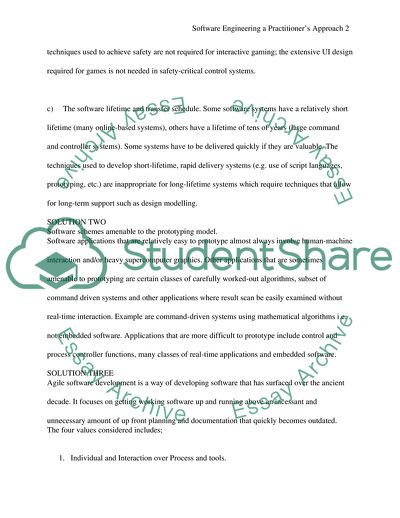Cite this document
(The Use of Different Development Techniques Assignment Example | Topics and Well Written Essays - 1250 words - 1, n.d.)
The Use of Different Development Techniques Assignment Example | Topics and Well Written Essays - 1250 words - 1. https://studentshare.org/information-technology/1828330-review
The Use of Different Development Techniques Assignment Example | Topics and Well Written Essays - 1250 words - 1. https://studentshare.org/information-technology/1828330-review
(The Use of Different Development Techniques Assignment Example | Topics and Well Written Essays - 1250 Words - 1)
The Use of Different Development Techniques Assignment Example | Topics and Well Written Essays - 1250 Words - 1. https://studentshare.org/information-technology/1828330-review.
The Use of Different Development Techniques Assignment Example | Topics and Well Written Essays - 1250 Words - 1. https://studentshare.org/information-technology/1828330-review.
“The Use of Different Development Techniques Assignment Example | Topics and Well Written Essays - 1250 Words - 1”. https://studentshare.org/information-technology/1828330-review.


